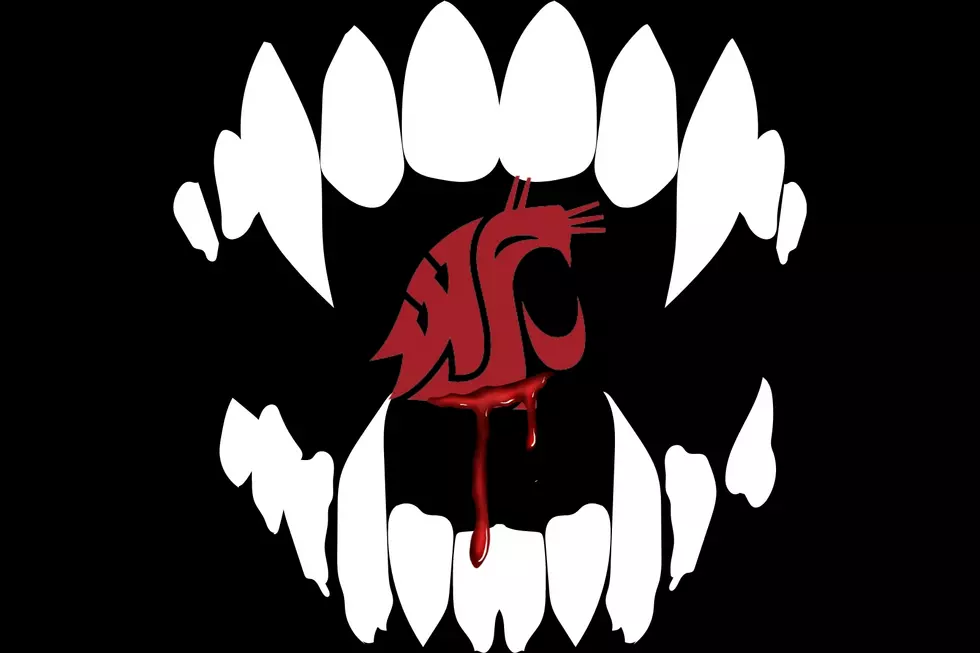
Oregon wildlife officials hunt for killer cougar
To ensure the safety of those in pursuit and capture of the cougar that killed 55 year old hiker Diana Bober late August, The Clacamus County Sherriff's Office has brought in outside reinforcements from Mount Hood National Forrest, US Dept of Agriculture and Wildlife services, Oregon State Police as well as deploying trained dogs and mules. Remote communications on the steep Hunchback Mountain Trail have been set up, given the little to no cell service available, making Thursday's hunt for the cougar less dangerous.
Trees blocking these agencies from trail access will have to be carefully negotiated for teams, dogs and mules to turn around on steep drops and, in some places, 2 ft. wide cliffs.
Currently, Hunchback Trailhead is closed, and more closings are expected in the following days, as Brian Wolfer of the Oregon Department of Fish and Wildlife vowed Wednesday to share updates with the community. All they ask is that the public allow them to do their job; if they're encountering people on trails, they wont be able to traverse on the mountain with their crews.
At the press conference Wednesday afternoon, ODFW spokesman Wolfer said they are still awaiting DNA sample confirmation from US Fish and Wildlife in Ashland that will let them know if they got the right cougar...results may be in by the end of week. The plan is, that once the presumed cougar is captured, it will be killed, then DNA extracted to see if it is a match with the specimen found at the scene.
But Clacamus County residents remain nervous wondering if the animal on the loose will jump over the local school's six foot fence and attack children playing during recess. At Wednesday's press conference, Wolfer assured reporters that cougars are not likely to place themselves in front of a crowd of people; especially if teachers are monitoring them. Some asked if our region's frequent wildfires have prompted cougars to present themselves more boldly into civilization, but Wolfer said the cause may lie more from their population increasing. One of the challenges, he noted, was that there is not an accurate collar survival rate for the estimated currently 6,600 cougars.
According to Oregon Department of Fish and Wildlife spokesman Wolfer, Cougars are territorial; males will have a large 100-150 square mile range and they are successful at keeping other cougars away. Females can have a fifteen to fifty mile roaming territory, and even be found inside the male's space.
Wolfer added that when they locate the animal, they will kill it humanely and that it is possible, there is more than one cougar.
More From 610 KONA









